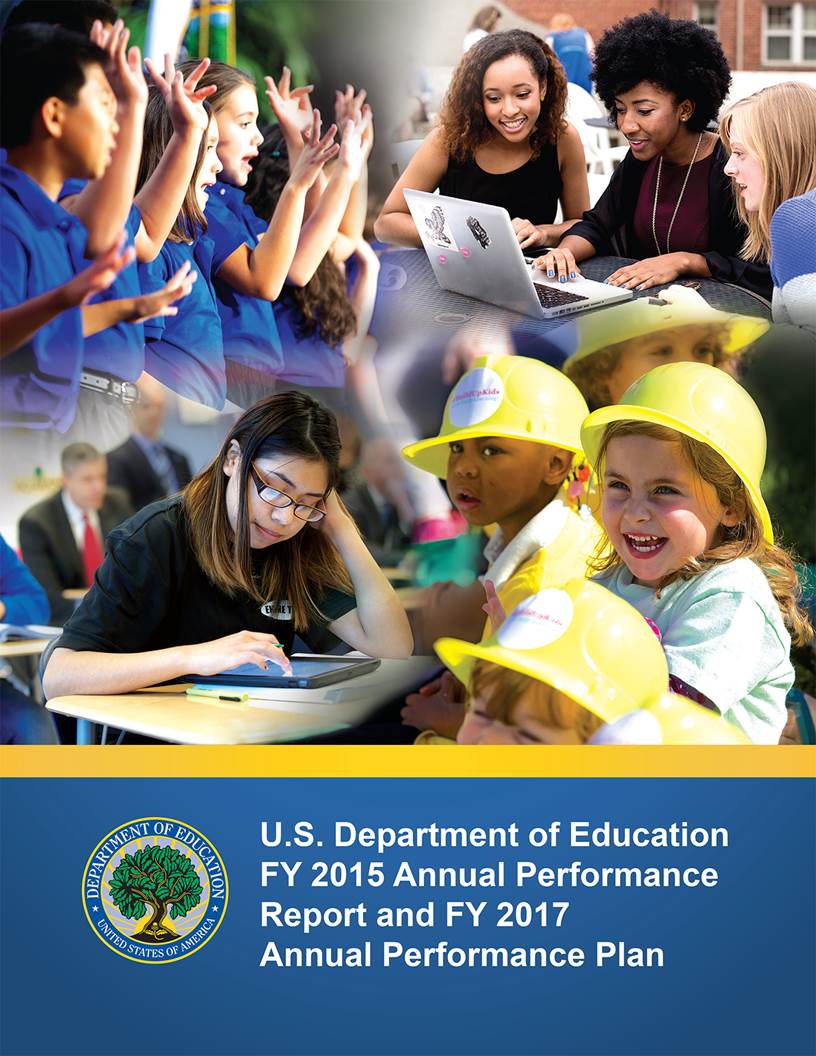- Home
- Agencies
- Department of Agriculture
- Department of Housing and Urban Development
- General Services Administration
- Department of Commerce
- Department of the Interior
- National Aeronautics and Space Administration
- Department of Defense
- Department of Justice
- National Science Foundation
- Department of Education
- Department of Labor
- Office of Personnel Management
- Department of Energy
- Department of State
- Small Business Administration
- Environmental Protection Agency
- Department of Transportation
- Social Security Administration
- Department of Health and Human Services
- Department of the Treasury
- U.S. Agency for International Development
- Department of Homeland Security
- Department of Veterans Affairs
- Goals
- Initiatives
- Programs
Primary tabs
Strategic Objective
Turnaround Schools and Close Achievement Gaps
Strategic Objective
Progress Update
Turning around the lowest-performing schools, closing achievement gaps, increasing high school graduation rates, and decreasing disparities in graduation rates are critical to achieving the President’s goal of once again having the highest proportion of college graduates in the world. States and districts have assumed the challenge of focusing on their lowest-performing schools, and directing significant resources and support in order to improve student outcomes dramatically. Since 2009, more than 1,700 schools have received up to $2 million per year for three years through the School Improvement Grant (SIG) program to implement rigorous intervention models intended to turn these schools around. Nearly two-thirds of the schools in the first two cohorts and over half of schools in the third cohort have made progress in improving student achievement in reading, and a similar percentage have shown improvement in math. However, some participating schools have also shown decreases in performance, and more work is needed to ensure that the progress is sustained. To assist states in this challenging work, the Department strengthened the SIG program in FY 2015 by, among other things, including three new models, including an evidence-based, whole school reform model, and allowing additional time for planning and implementation. The Department also continued to partner with the Corporation for National and Community Service to support the School Turnaround AmeriCorps program grantees, and partnered with the President’s Council on Arts and Humanities to support the Turnaround Arts Initiative, including expanding that initiative to incorporate early learning as a turnaround strategy.
In addition, the nation has made significant progress in increasing overall graduation rates, but gaps between rates for different student groups continue to persist. See also the Explanation and Analysis of Progress for objective 4.1 for additional information on the Department’s efforts to improve the national high school graduation rate and to close gaps between groups of students.









